Reviewed by Julianne Ngirngir
The latest Galaxy S26 Ultra charging leak landed with all the fanfare of a software update notification—technically newsworthy, but leaving us scratching our heads about what Samsung's actually planning. Multiple tipsters are throwing around numbers like 60W and 65W for next year's Ultra flagship, but here's the thing: even if these rumors pan out, Samsung will still be playing catch-up in a race they should be winning.
What we know (and what we don't): Ice Universe claimed the S26 Ultra will "exceed" 45W charging and achieve "the fastest charging speed in Samsung's history"—which isn't exactly setting a high bar. Two other leakers are pointing to 65W specifically, while some sources suggest 60W. Either way, we're looking at roughly a 33-44% jump from the current 45W ceiling that's been collecting dust since the Galaxy Note10+ in 2019.
The real kicker? Even at 65W, Samsung's 2026 flagship would still charge slower than today's $550 Motorola Edge 2024 at 68W.
The numbers game Samsung's been losing
Let's break down just how conservative Samsung's been with charging speeds. The Galaxy S25 Ultra's 45W charging takes just under an hour to fully juice its 5,000mAh battery, while the OnePlus 13's 80W setup fills its larger 6,000mAh cell in roughly 30 minutes.
Here's what makes Samsung's approach particularly frustrating: they've actually been getting better at managing their modest charging speeds, just not in ways that translate to faster overall charging. My testing with Samsung's recent Ultra phones shows they've been progressively tuning their charging algorithms to squeeze more sustained performance from the same 45W limit. The Galaxy S23 Ultra charges in 52 minutes versus the S22 Ultra's 62 minutes, despite using identical wattage.
The difference is Samsung now maintains around 40W-43W for up to six minutes before throttling down, compared to earlier generations that dropped power more aggressively. This optimization work is impressive from an engineering standpoint—and it's exactly the kind of thermal management expertise that should enable Samsung to push much higher charging speeds without the usual overheating compromises.
The reality check: Many phones offering 80W or 120W spend mere seconds at peak speeds before throttling down dramatically. Samsung's sustained approach should theoretically give them a competitive advantage if they actually applied it to higher wattages, but instead they're using sophisticated thermal management to perfect yesterday's charging speeds.
Even Samsung's own roadmap suggests they know they're behind. Samsung SDI announced they're targeting ultra-fast charging that hits 80% from 8% in just nine minutes—but that tech won't hit mass production until 2026, conveniently timed for… well, probably not the S26 Ultra.
Battery capacity: the other half of the equation
The charging speed rumors come with an equally telling detail about battery capacity. Multiple sources suggest the S26 Ultra will stick with 5,000mAh—the same capacity Samsung's used since the Galaxy S20 Ultra. That's six years of the same battery size while competitors have moved on to significantly larger cells.
Consider the competition: the OnePlus 13 packs 6,000mAh, the Oppo Find X8 Ultra hits 6,100mAh, and even Motorola's mid-range Moto G86 Power manages 6,720mAh in a sub-9mm body. Samsung's sticking with 5,000mAh feels less like strategic restraint and more like being stuck in 2019.
The one potential bright spot? Reliable tipster @UniverseIce suggests Samsung might increase energy density to fit the same 5,000mAh capacity in a smaller physical battery, then use that extra space for better thermal management. If this improved thermal architecture enables sustained high-power charging without overheating, Samsung could theoretically deliver 65W speeds that actually maintain peak performance longer than competitors' brief bursts.
This approach would play directly into Samsung's strength: their proven ability to optimize charging curves for consistent performance. Instead of hitting 120W for thirty seconds then dropping to 25W, Samsung could potentially maintain 60W+ for several minutes before gradually stepping down—delivering faster real-world charging despite lower peak numbers.
The bigger picture (and what Samsung's really up to)
Samsung's conservative approach to charging isn't just about playing it safe—it's about their broader battery strategy that prioritizes long-term technological advantages over short-term spec victories. Samsung SDI's roadmap includes solid-state batteries with 900Wh/L energy density by 2027 and batteries lasting over 20 years by 2029.
The challenge is bridging the gap between current thermal limitations and future solid-state capabilities. Today's lithium-ion batteries generate significant heat at high charging speeds, requiring sophisticated thermal management that adds complexity and cost. Solid-state batteries will eventually eliminate these thermal constraints, enabling much faster charging with greater safety margins.
Samsung's current optimization work with 45W charging is essentially building the thermal management foundation for higher speeds. Their engineers have learned how to sustain near-peak charging power for extended periods—expertise that becomes significantly more valuable when applied to 65W or higher wattages.
The EU factor: Samsung might also be preparing for EU regulations requiring user-replaceable batteries by 2027. Reports suggest they're developing "SUS CAN" stainless steel battery technology that could improve energy density while making batteries more accessible—though this approach may require capacity trade-offs for user-replaceability.
This puts Samsung in a strategic position: perfect thermal management at moderate speeds now, then leverage that expertise for dramatically faster charging when solid-state technology arrives, all while meeting regulatory requirements for battery accessibility.
So what does this actually mean for S26 Ultra buyers?
The optimistic take: 60-65W charging with Samsung's proven thermal optimization could cut charging time to around 40-45 minutes while maintaining more consistent speeds than competitors. During my testing with Samsung's charging algorithms, their ability to sustain high power levels for extended periods often makes up for lower peak numbers in real-world usage.
The realistic take: Even at 65W, the S26 Ultra will still charge slower than today's OnePlus 13, and the 5,000mAh capacity means you'll still need to charge more often than users with larger batteries. Samsung's betting that superior charging curve management and long-term battery health will matter more than raw speed numbers.
PRO TIP: If faster charging is a priority, Samsung's rumored improvements might not be enough to match your expectations. The S26 Ultra will likely excel in overall package quality, but charging speed probably won't be its standout selling point compared to the competition.
The Galaxy S26 Ultra charging leak tells us more about Samsung's priorities than their capabilities. They could probably push charging speeds much higher right now—they just don't want to compromise their thermal management advantages or long-term battery strategy. Whether that conservative approach pays off depends on how much you value sustained performance over impressive spec sheets.
Either way, we'll know for sure when the S26 Ultra debuts in early 2026. Until then, these rumors serve as a reminder that in the flagship smartphone world, sometimes the most telling leaks are the ones that reveal how a technology leader chooses to play the long game while competitors sprint ahead in the specs race.




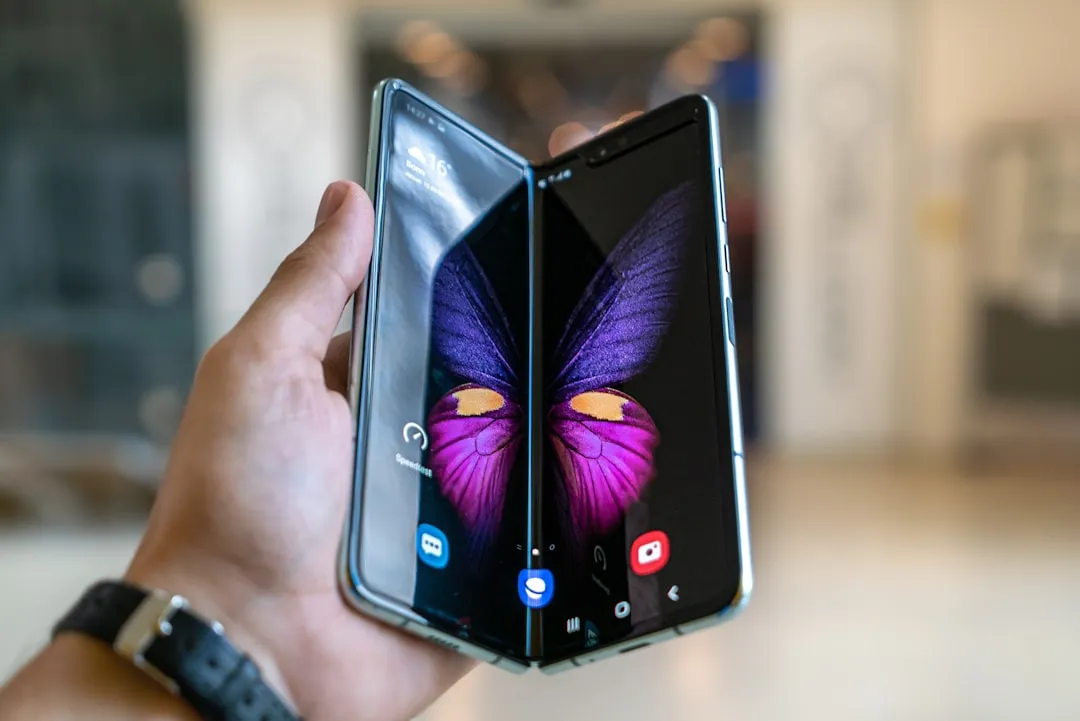
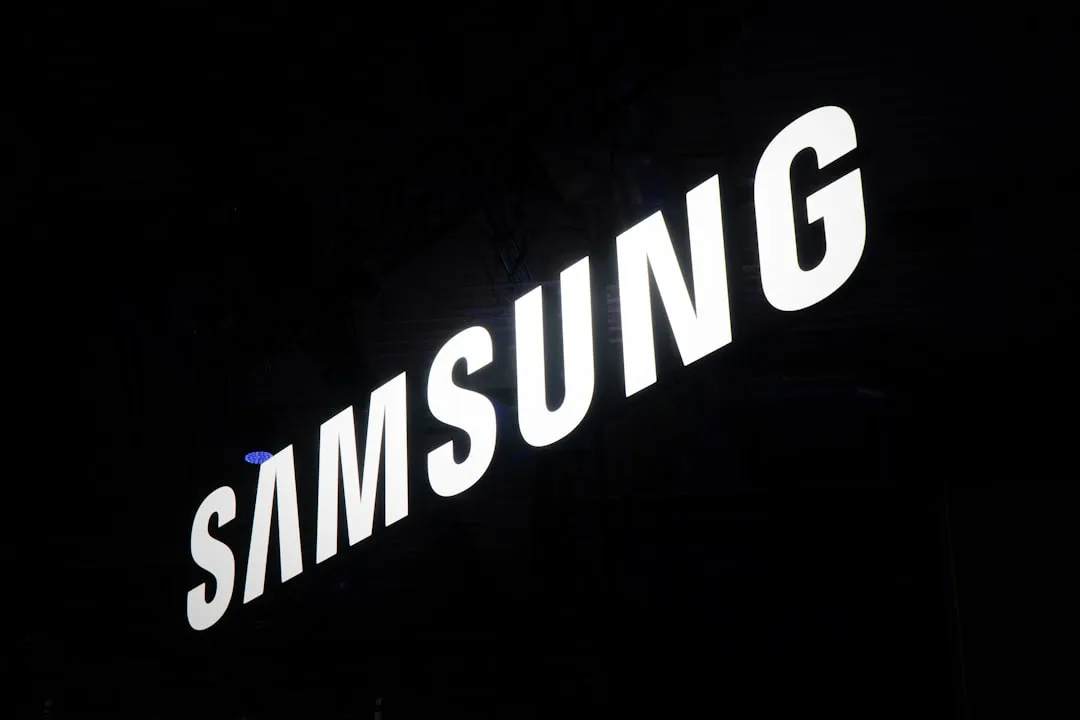
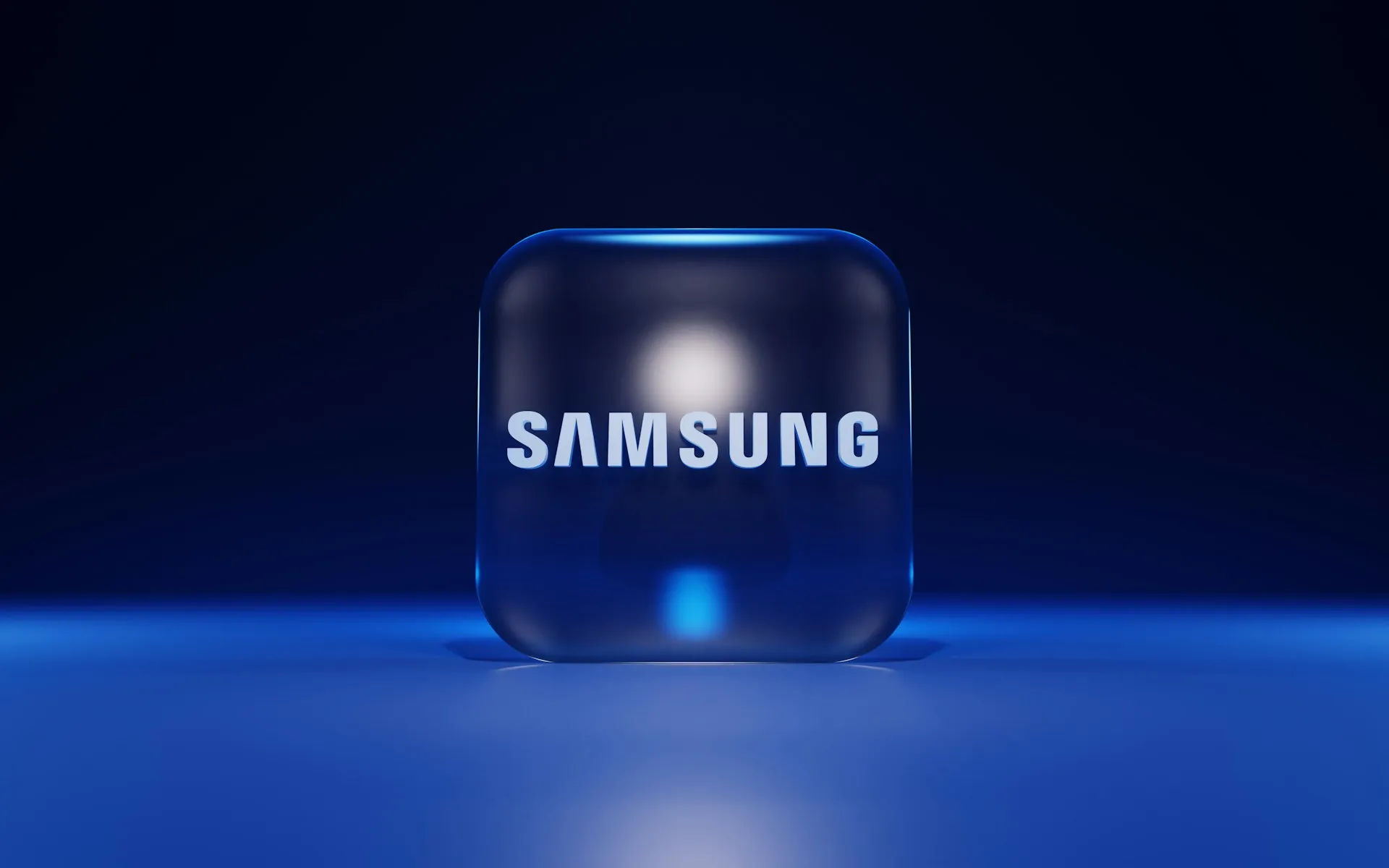
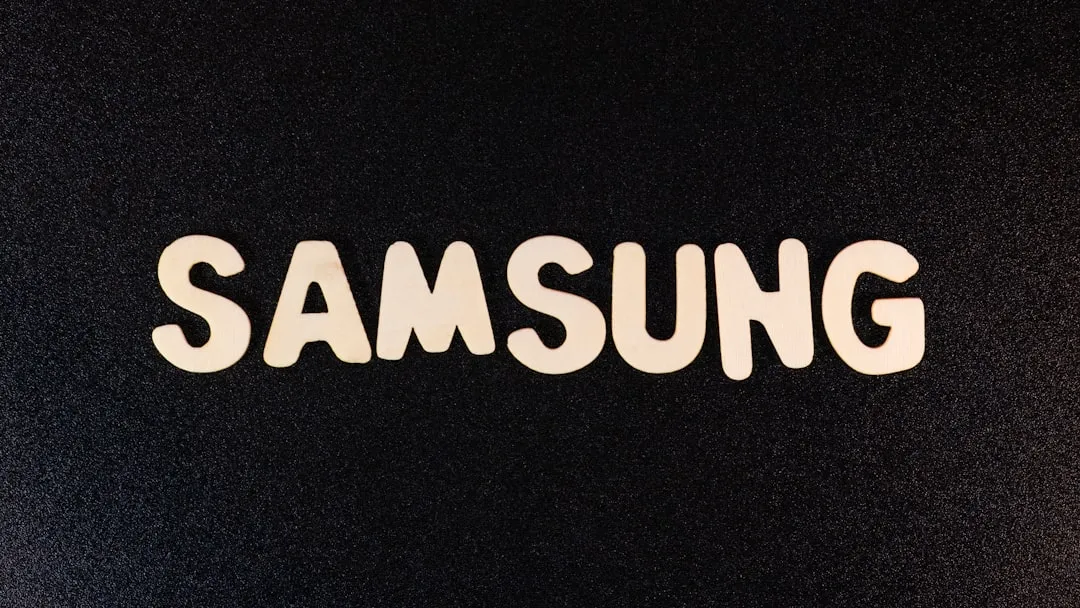
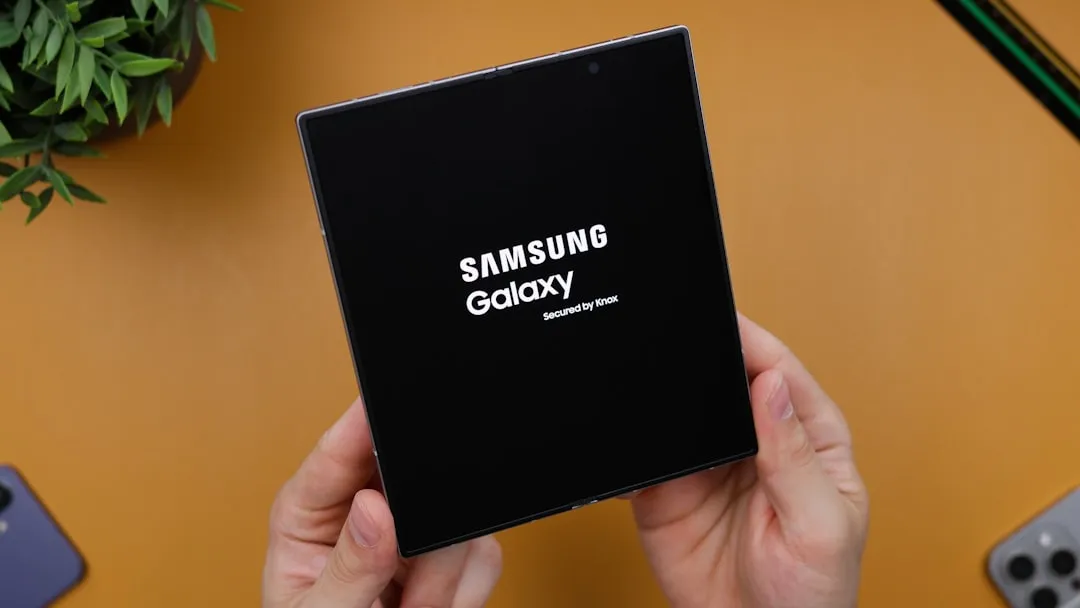
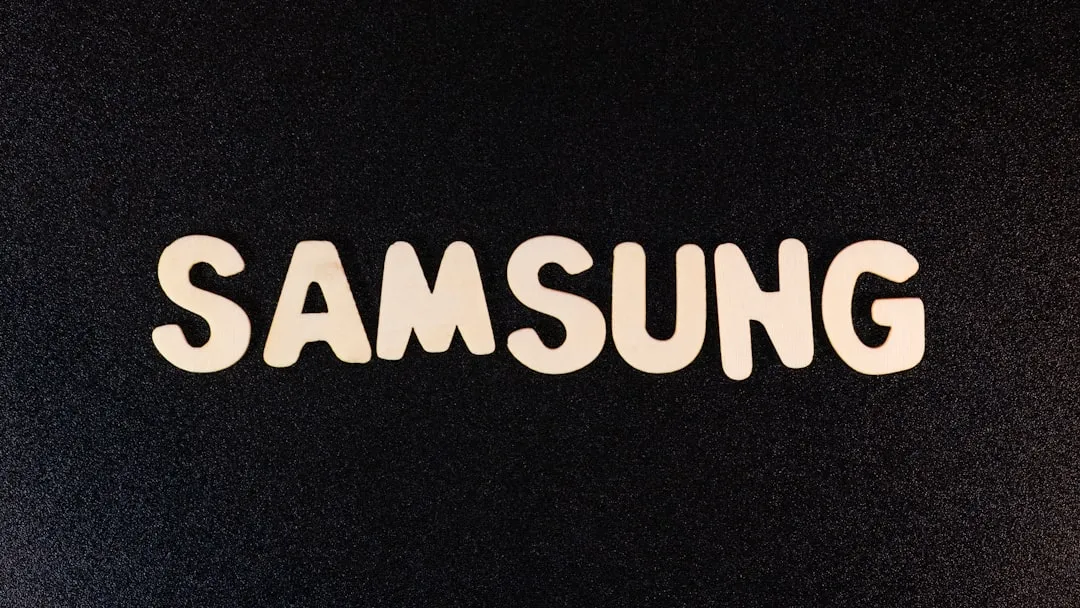
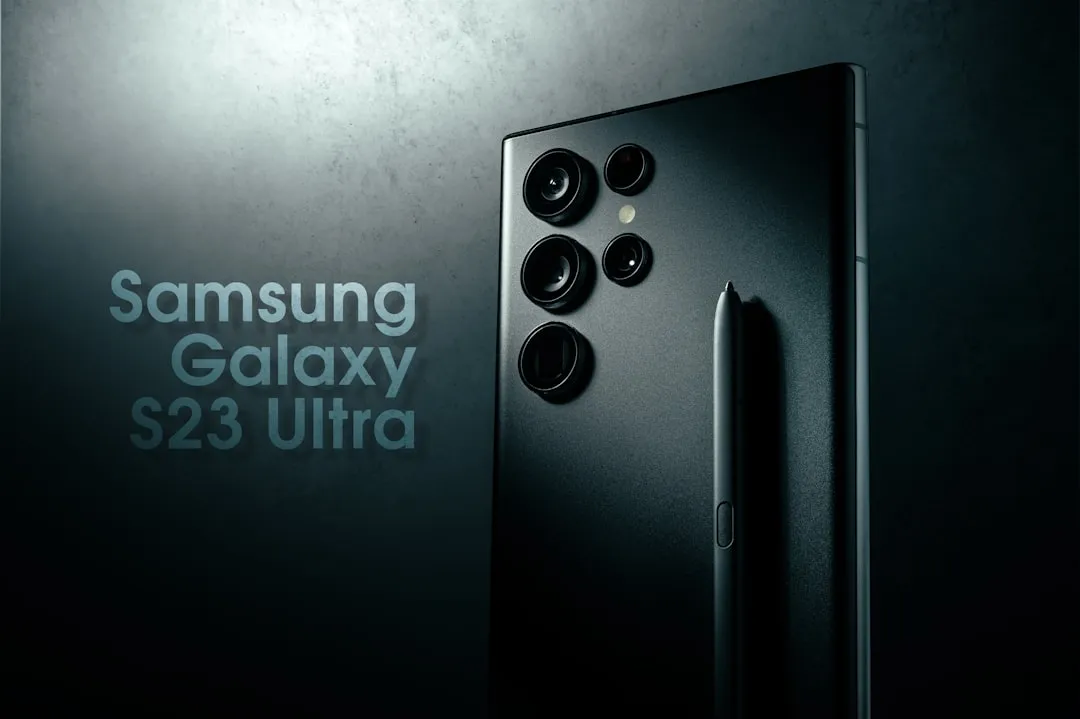
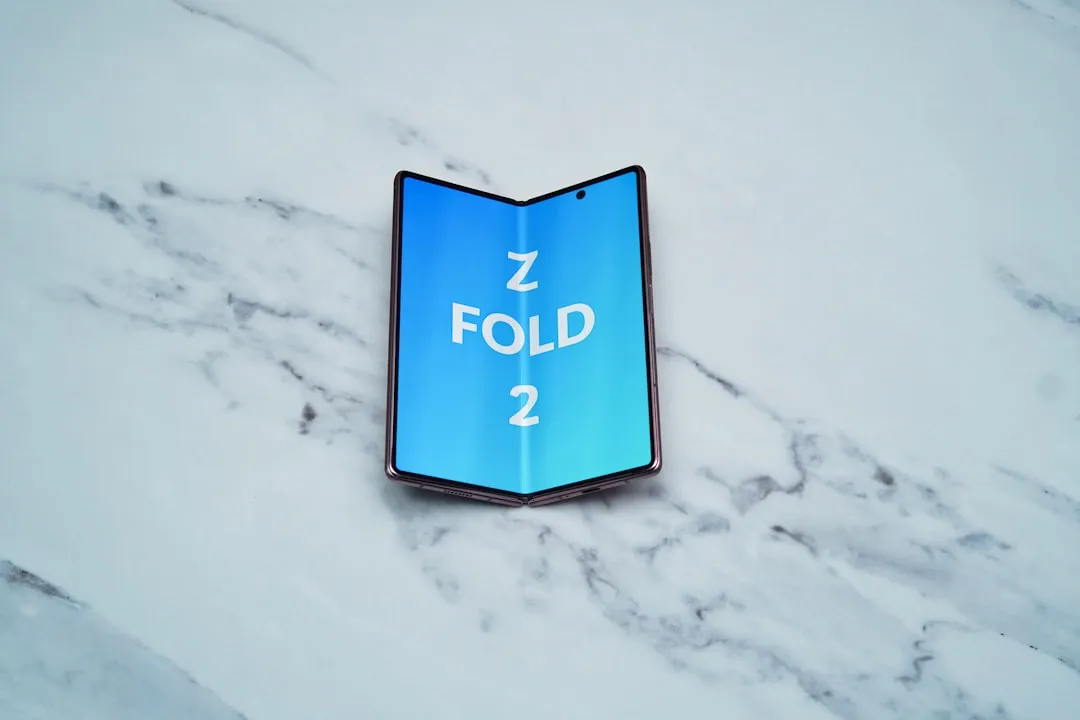



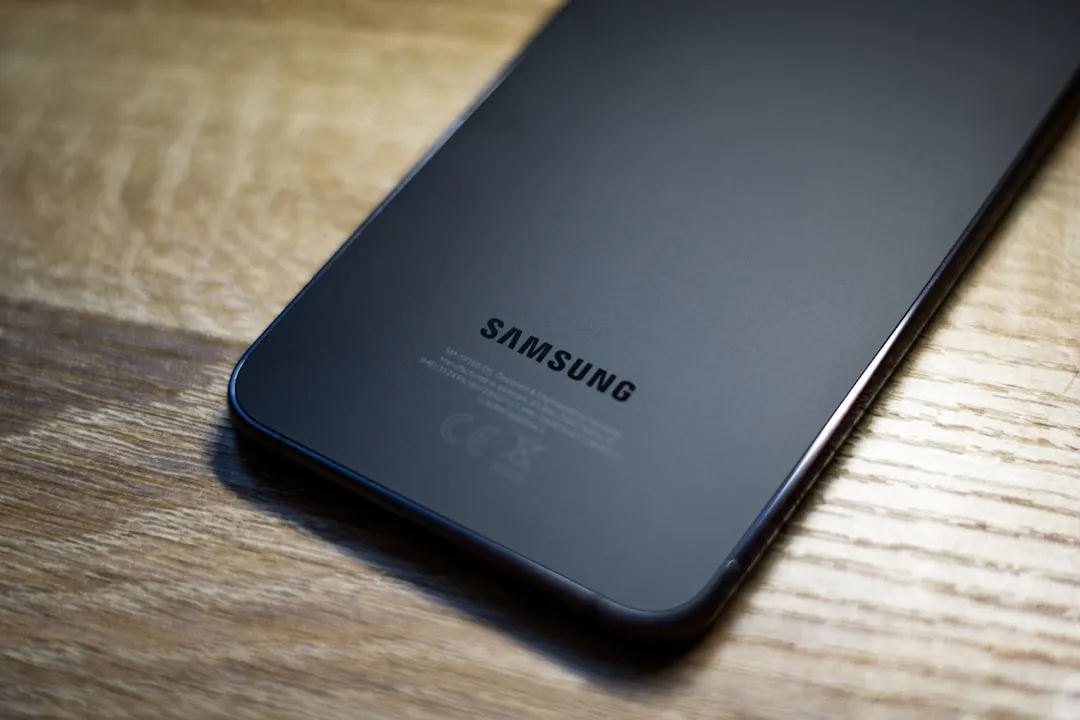
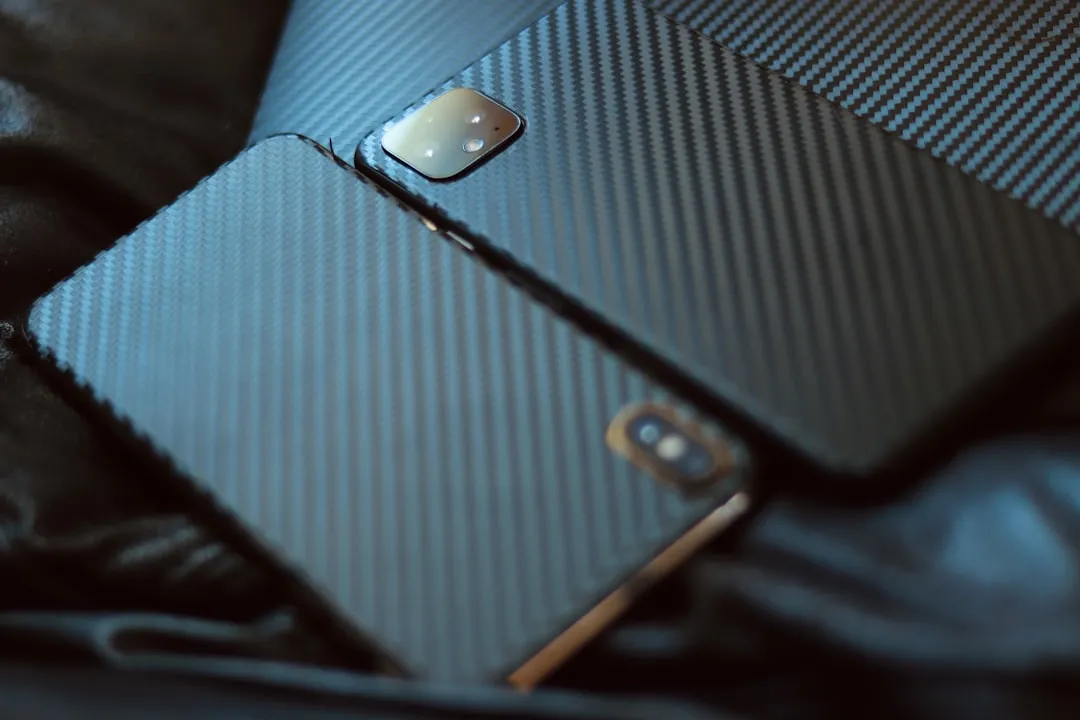
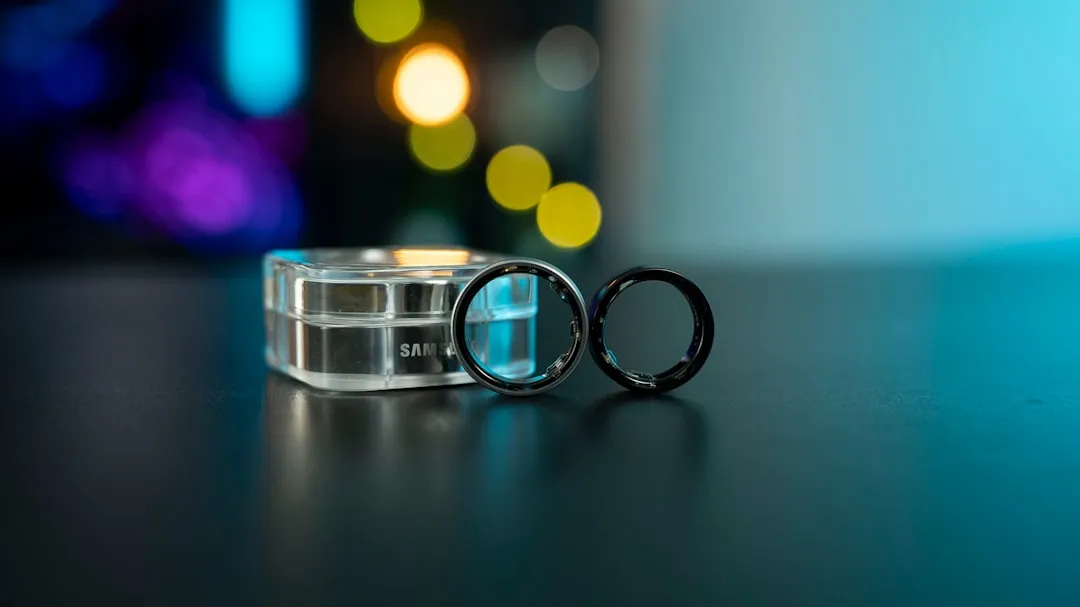

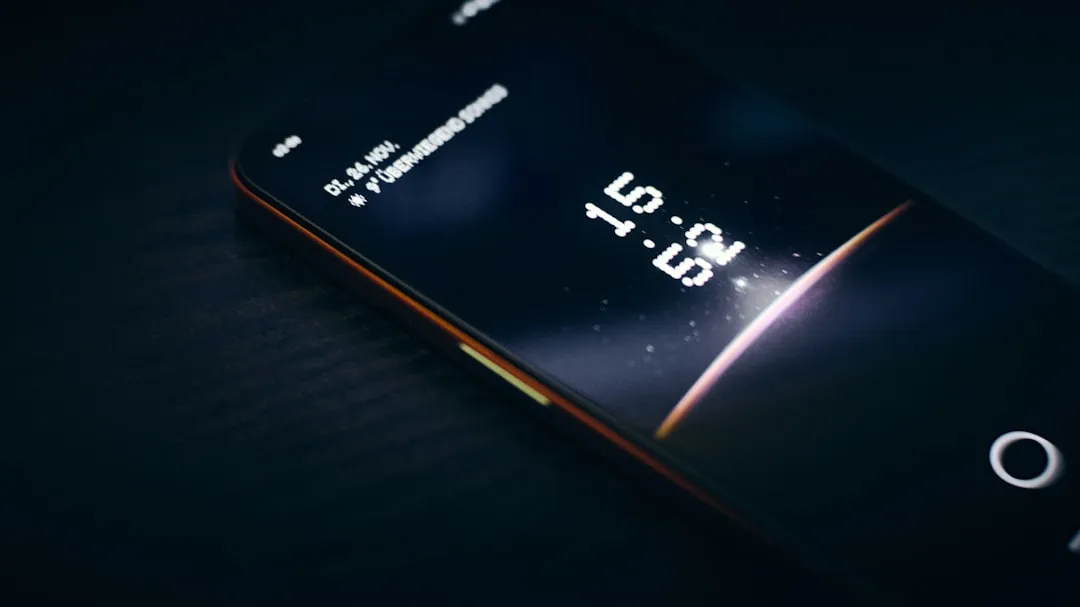

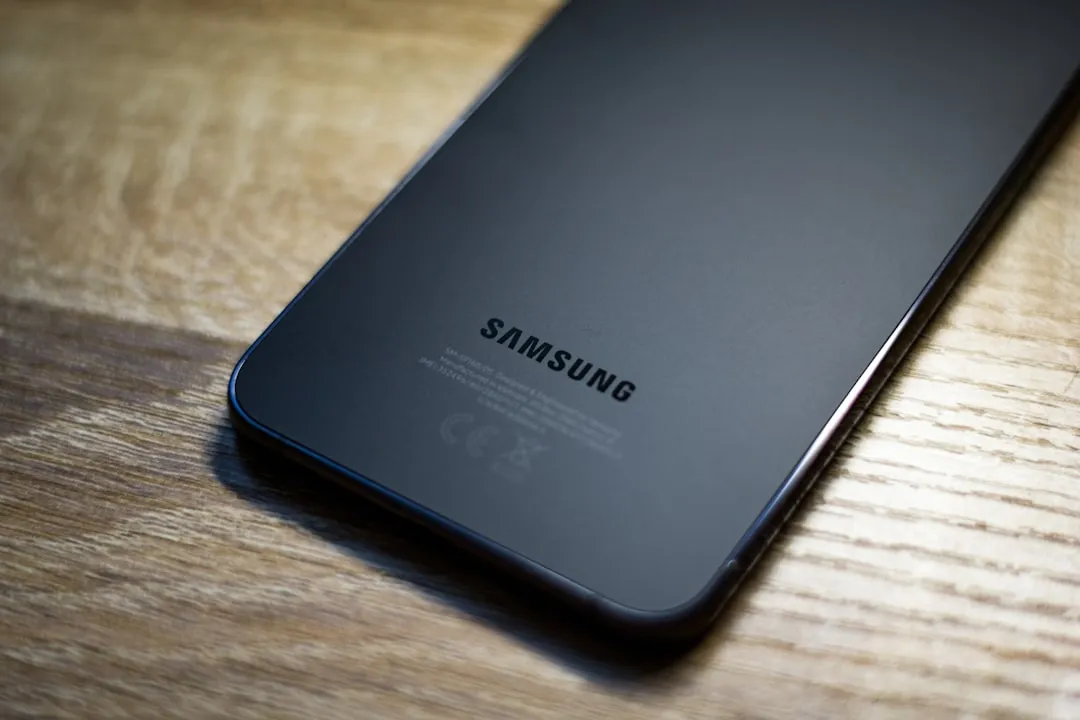
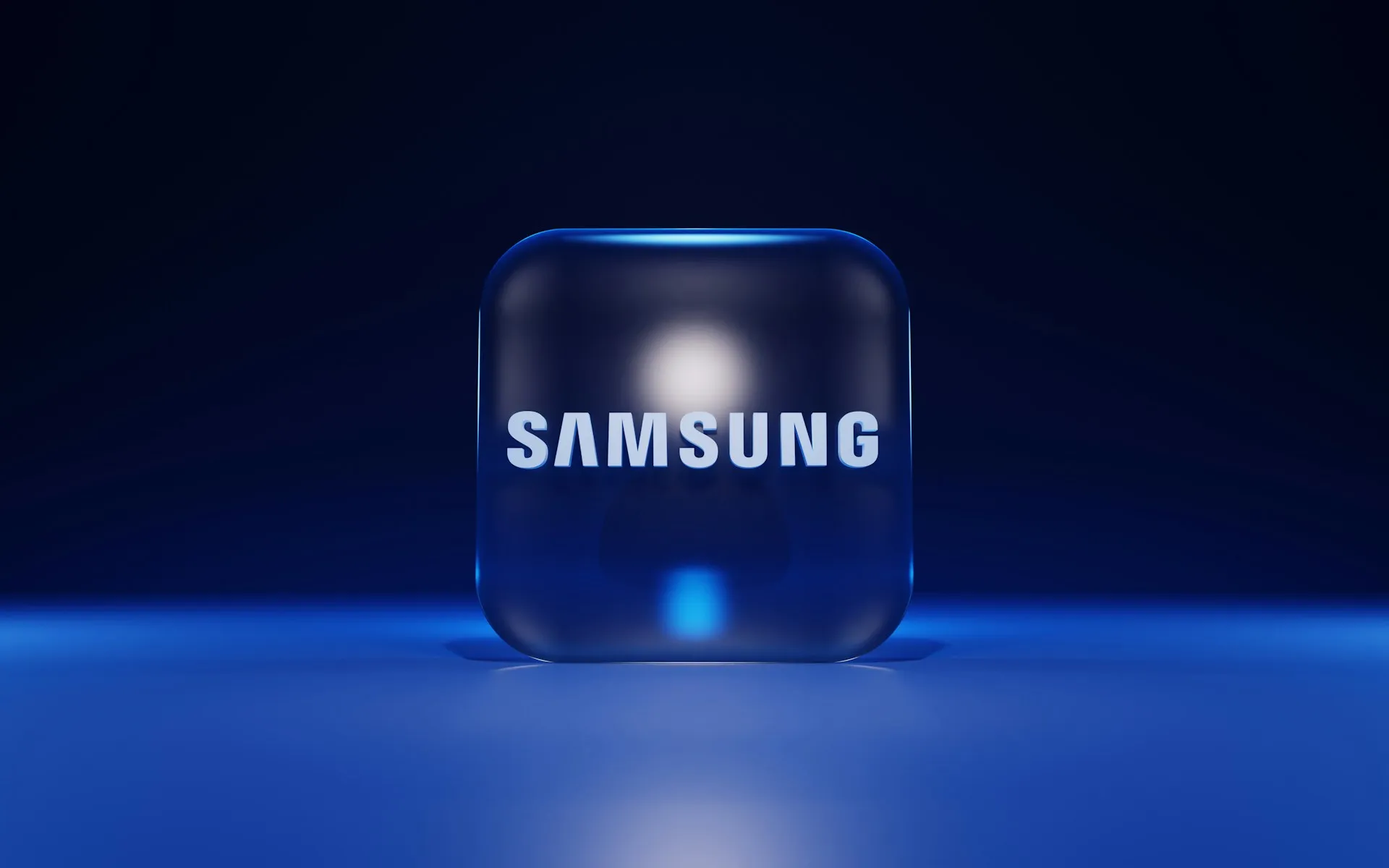
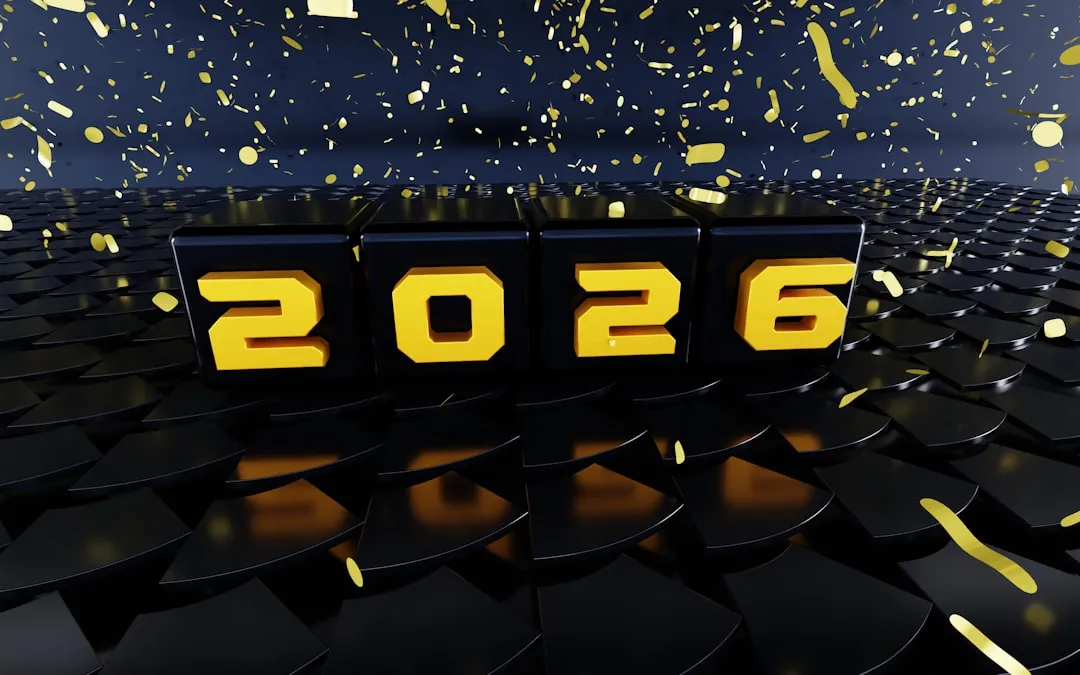
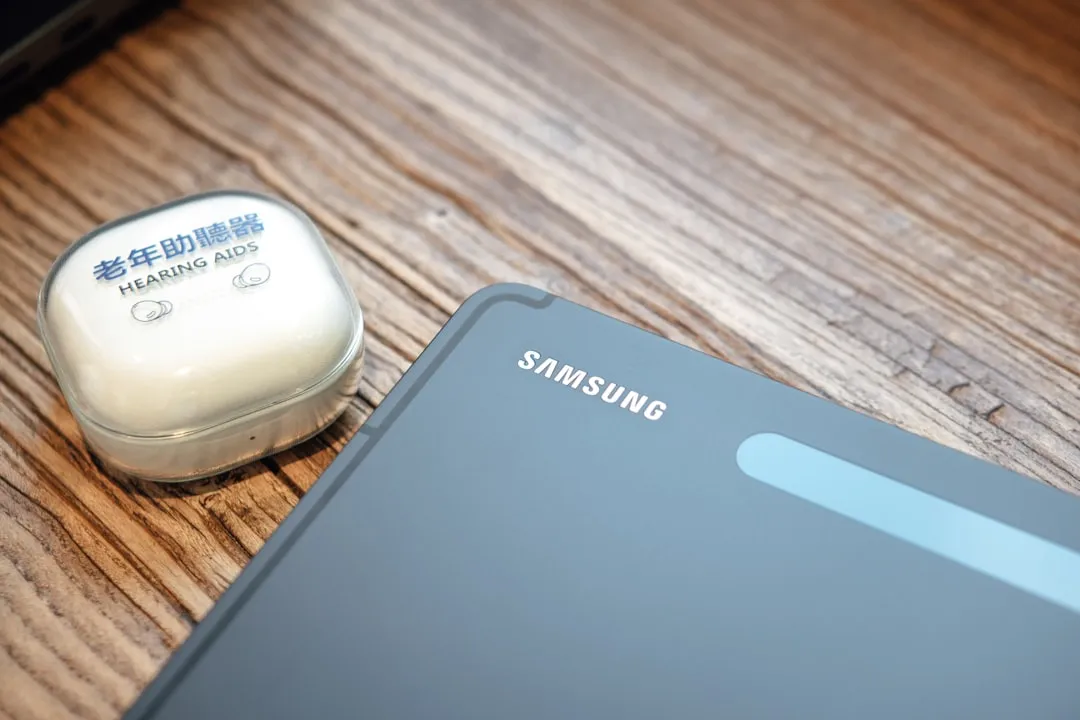
Comments
Be the first, drop a comment!